Stop window condensation in its tracks with these expert approved tips and tricks
Banish the damaging water droplets with these expert-approved methods to get you through the winter.

Imani Cottrell
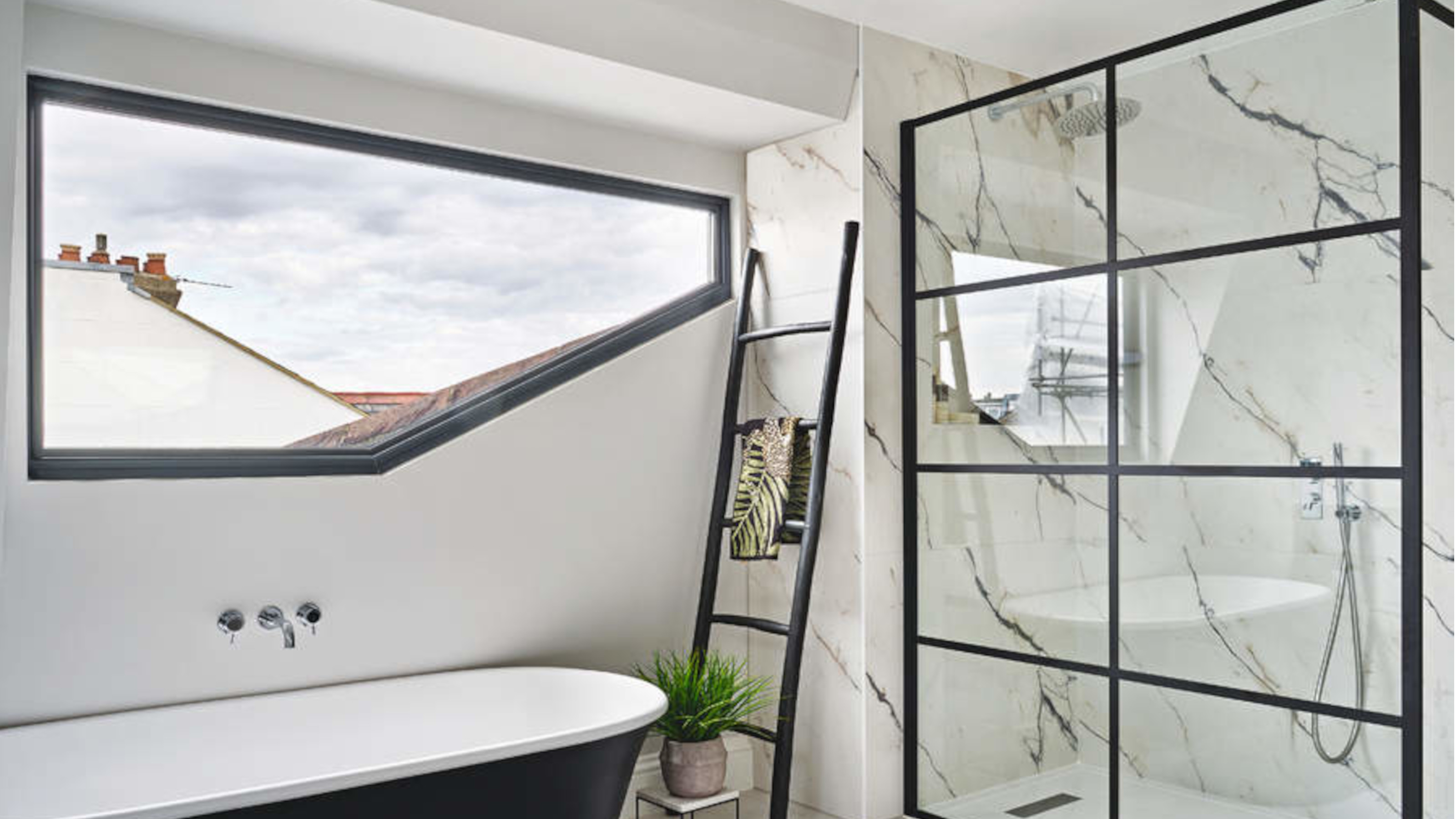
In the colder months, condensation can be a tricky problem that starts to form around our windows, especially in areas where humidity levels are higher, such as the bathroom and kitchen.
Condensation can damage window seals, cause wallpaper to peel, lead to wood warping and cause mould growth. This negatively impacts your home and health, so it’s no wonder people are desperate to prevent it.
When thinking about how to get rid of condensation these tricks can also be used to tackle how to get rid of damp.
‘With wet weather on the horizon in the UK, many people will be experiencing damp in their homes, especially around their windows. Damp is formed by condensation, which occurs when water vapour and moisture in the air settles on colder surfaces, such as a wall or window.
'Condensation is therefore made worse with wet weather and presents itself as water droplets that can then cause mould in your home,’ says Sarah Hitchings, sales and marketing director at The Residence Collection.

How to stop condensation on windows
If condensation is not kept at bay it will lead to mould forming which has been linked to serious health conditions such as asthma, eczema and bronchitis. So it is important to do what you can to keep condensation at bay before it becomes a serious problem. Condensation is not only n issue that forms on windows but you also need to be aware of how to stop condensation on walls and ceilings.
There are of course lots of other things you can do if you're concerned about your windows, many of which don't involve buying anything. From improving ventilation and adjusting the temperature of the room to moving houseplants, keep reading for more tips.
Sign up to our newsletter for style inspiration, real homes, project and garden advice and shopping know-how
1. Improve the ventilation
Increasing the ventilation in your home is important when it comes to how to stop condensation on windows. The aim is to allow the air in the room to move freely so the moist air can escape the property. Opening windows is a good way to do this, and although that sounds counterintuitive when you've got the heating on and want to save energy at home, even leaving a window open a crack will keep the room well ventilated.
‘Condensation between the layers of glass is indicative of a problem, such as the air-tight seal failing and letting the insulating gas out,’ says Allan Reid, founder of Art Windows & Doors. Keeping the curtains open will also encourage the air to circulate which will help reduce condensation. A trickle vent will also increase ventilation by allowing air to trickle into your home at a reasonable rate but doesn't make you feel a cold draught.
2. Remove moisture build-up around the windows

When you start to see droplets of water forming around your window, this is a sign that you need to start wiping away the excess moisture around the window. ‘Make sure that you’re clearing the area on a daily basis,’ advises Adam Pawson, head of digital at Safestyle.
‘We’d suggest using a microfiber cloth to remove any dampness, before applying any cleaning solution.’ When you are wiping down your windows pay attention to any chipping, bulging or flaking of the paint which indicates a condensation problem, and paint can often hide dampness which is caused by condensation.
3. Ensure your home is well insulated
Keeping your home well insulated will help fight the battle against condensation. Good double glazing, wall insulation and draught proofing will help prevent the loss of heat from the home.
If you want to push your insulation forward, consider triple glazing which provides better insulation and is a great way to save money in the home by lowering your energy bills, making the extra cost of installing it worth it.
‘With triple glazing up to 40% more thermally efficient than most PVCu double glazing, the extra layers can also help to reduce draughts, condensation and cold spots,’ says Allan Reid founder of Art Windows & Doors.
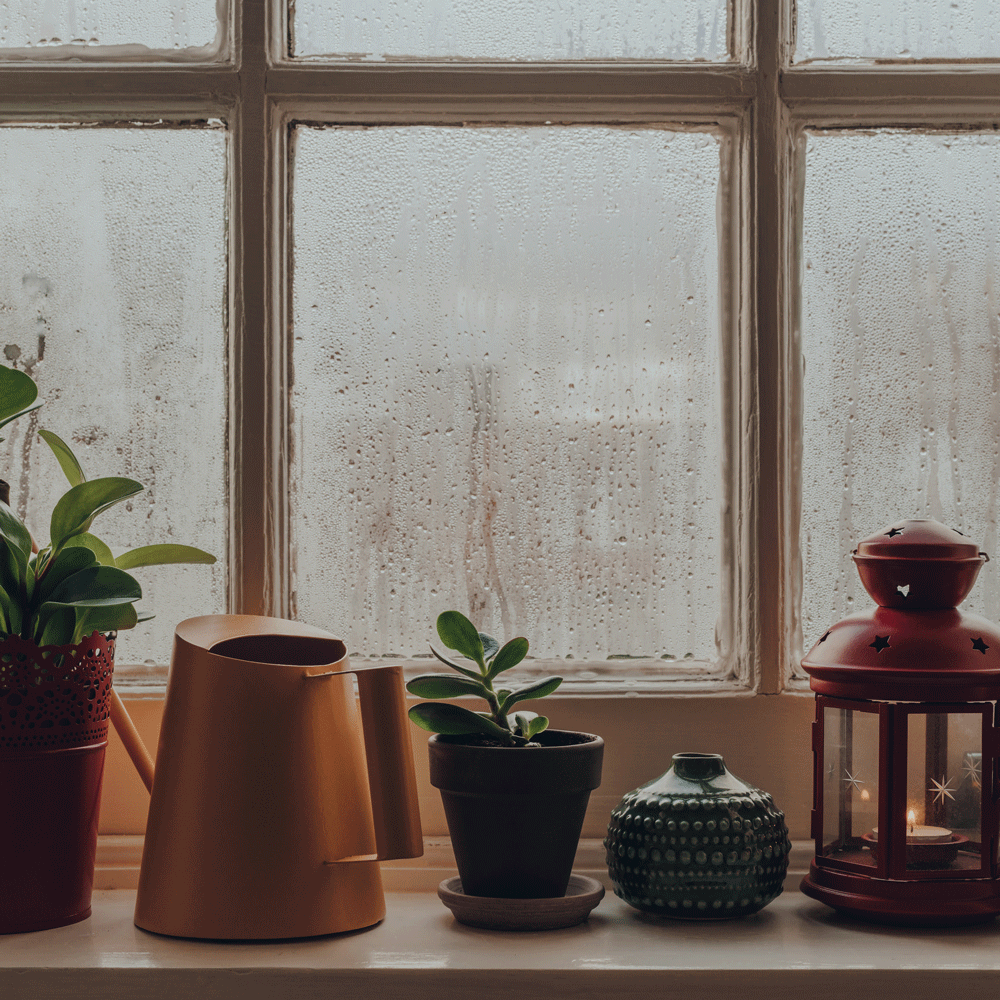
4. Install an extractor fan
Having an extractor fan in the rooms of your home that have high humidity levels helps reduce condensation, so a bathroom extractor fan is crucial. To check if your extractor fan is working, take a piece of paper and hold it against the fan, if the paper stick the fan works, if the paper falls the fan may need cleaning, fixing, or replacing.
Chris Michael, managing director at Meaco recommends, ‘During every bath or shower, and every time you cook, make sure you turn your extractor fan on and leave it running for some time. This will reduce the amount of moisture in both your bathroom and kitchen, helping to the reduce any build-up of condensation. For the best results, keep your bathroom door shut while the extractor fan is running.’
5. Use a dehumidifier
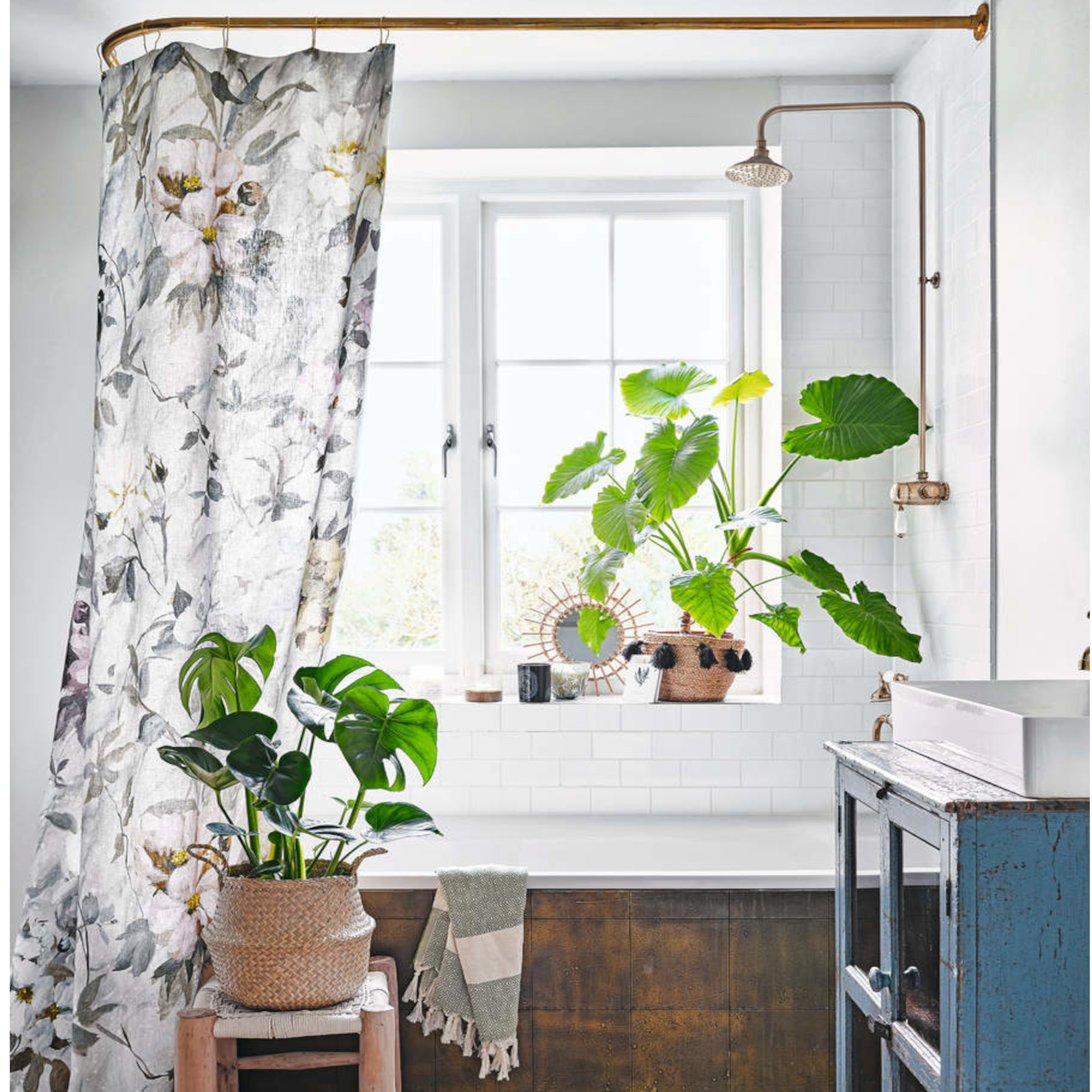
With the cost of living crisis and an increase in energy bills, opening windows in the winter and losing warm air you have paid to heat is not always the best option, so choosing the best dehumidifier may work better.
‘Dehumidifiers are designed to remove excess moisture from your entire home, stabilising its humidity level, and therefore preventing the build-up of condensation. Leaving a dehumidifier in a central area, with all internal doors open, will help you to wake up to clear, dry windows every morning,’ advises Chris Michael from Meaco. A dehumidifier will also help dry clothes fast in the winter months, because drying your clothes releases excess moisture in the air, contributing to condensation.
To save energy, Michael advises finding a dehumidifier with a humidistat, ‘this means the dehumidifier switches itself off when the target humidity is reached, only switching on again if it detects an increase in humidity.’
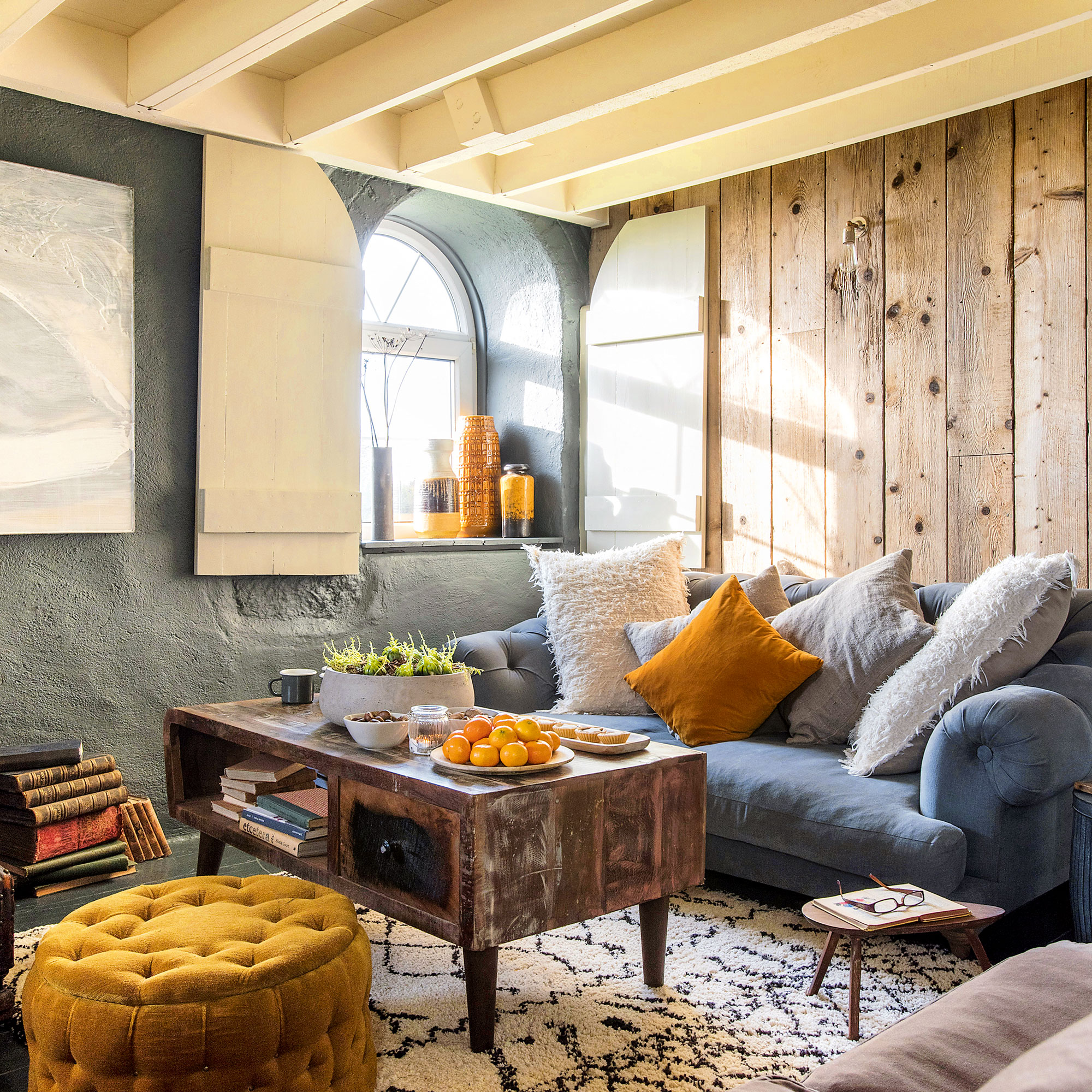
6. Take advantage of your plants
House plant ideas not only look good and add a spot of greenery to your home, but they also help reduce dampness and condensation.
Wendy Rea, expert florist and manager at Direct2Florist recommends a snake plant known as a natural air purifier that helps remove harmful chemicals in the home. ‘They remove moisture from the air creating a less suitable environment for mould and mildew. These are great to have in the bathroom.’ Spider plants are another option because they still thrive and stay fresh and healthy during the winter months.
‘Peace lilies also remove toxins from the air and prevent a buildup of mould and mildew around the home by absorbing spores.
‘Aloe vera improves air quality and helps to reduce a build-up of damp by absorbing carbon dioxide and releasing oxygen into the air. These plants absorb excess moisture from the air and are also natural antioxidants and have antibacterial properties.’
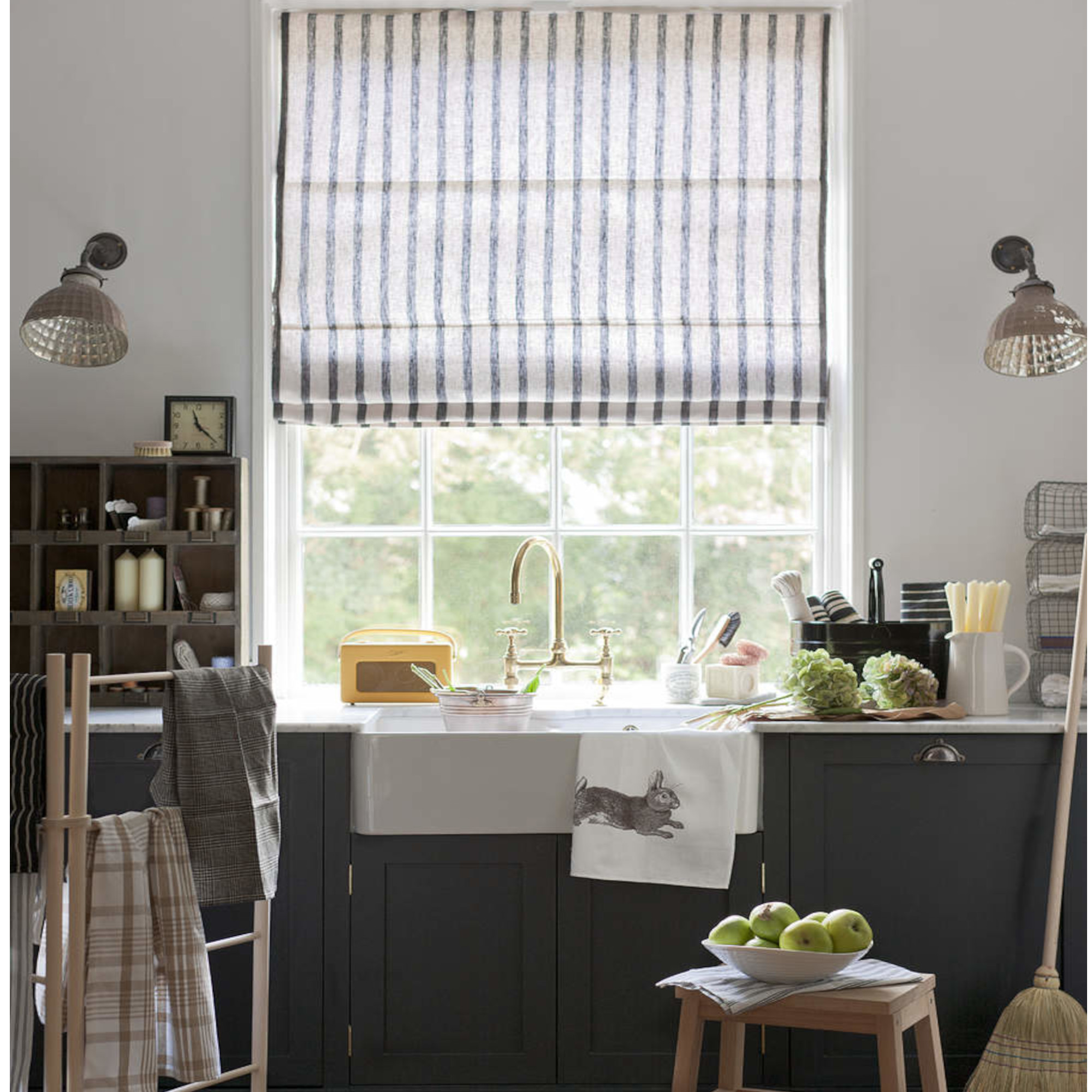
Is it bad to have condensation on windows?
Unfortunately, although condensation is a very common problem people face, it can lead to mould and dampness in the wood surrounding the window and in the room. It can also cause rust to develop on the handles and metal fixtures on the window, if not sealed or treated properly. If condensation advances to damp and mould this can negatively affect the structural integrity of your windows and be dangerous to your health.
Small amounts of condensation are not a big problem and can be caused by things such as cooking, hot showers or baths and the carbon dioxide released when there are lots of people in a room.
What causes condensation on the inside and outside of double-glazed window
Once you have chosen the right type of glazing for your window, Rachael Munby marketing director at Anglian Home Improvements says there is nothing to worry about if you see condensation forming on the outside of your window. That is a good sign that your windows are working properly.
‘It happens when the outside surface of the glass has become too cold, and the heat within your home is not leaving through the inside glass of your double-glazed windows and heating the external pane. Therefore, the external pane of glass will be colder than the temperature outside, which results in condensation.
‘Condensation on the inside of windows starts happening when the surface temperature of the window is cooler than the air inside the room, or when there’s too much humidity in the home.’
What temperature should I keep my house to prevent condensation?
Nic Auckland, heating expert at Trade Radiators says there needs to be a balance between keeping your home at a consistent temperature and ensuring you have enough ventilation to allow condensation to escape.
‘17 degrees is the ideal constant temperature to combat condensation, and you should ensure it never falls below 15 and above 20. Keeping it at these temperatures would mean that your home's temperature doesn't fluctuate too much, therefore minimising the amount of condensation.’

Millie Hurst was Senior Content Editor at Ideal Home from 2020-2022, and is now Section Editor at Homes & Gardens. Before stepping into the world of interiors, she worked as a Senior SEO Editor for News UK in both London and New York. You can usually find her looking up trending terms and finding real-life budget makeovers our readers love. Millie came up with the website's daily dupes article which gives readers ways to curate a stylish home for less.
- Imani CottrellContent Editor